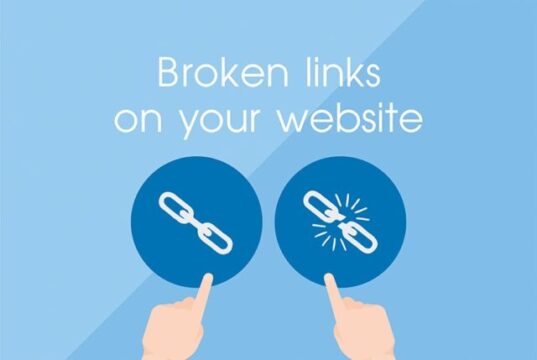Broken connections may cause you a great deal of migraine yet finding and fixing them is a lot simpler method. You can without much of a stretch find numerous free and paid devices online that can assist you with this. The best and available free instrument we suggest is Google Analytics.
By and large, the way toward finding and disposing of broken connections with Google Analytics can be separated into two stages. We should investigate!
Stage 1: Generate a Report for Broken Links
Finding broken connections with Google Analytics requires two unique methodologies with respect to inner and outer connections. We should begin with the previous.
To begin with, you need to sort out how your site creates a messed up connection blunder page. You can undoubtedly do this by composing in a URL you know doesn’t exist on your site. Thusly, you can just look at the applicable program tab for the name of the mistake page that shows up.
Next, sign into your Google Analytics account. When you’re in, explore to Customization > Custom Reports. At that point, click the +New Custom Report button:
Here, you’ll need to fill in your preferred title under the General Information area. At that point fill the accompanying fields under Report Content as follows:
Type: Flat Table
Measurements: select Page, Previous Page Path, and Page Title
Measurements: Unique Pageviews
Under Filters, avoid Previous Page Path. This guarantees that solitary split inside connections appear in the report. At long last, incorporate Page Title and add the name of the blunder page you found before in the Regex field. You can likewise basically fill in “404” as a conventional worth.
Making an interior broken connections report.
At long last, save the report. Presently, when you open it later on, you’ll locate a far reaching rundown of all your site pages with broken interior connections:
To discover broken outside connections, the cycle is nearly the equivalent. Notwithstanding, you’ll need to roll out a couple of improvements to the Dimensions field while making a custom report, specifically by including the Page, Full Referrer, and Page Title alternatives:
Whenever you’ve produced the two reports, you’ve effectively recognized the entirety of the wrecked connections on your site. Luckily, fixing them is the simpler part.
Stage 2: Fix the Broken Links
Whenever you’ve found your site’s messed up connections, you can start fixing them. The main port of call is with your site, and here you can just refresh any off base URLs physically.
Be that as it may, this won’t be the response to the entire issue, as there might be different destinations sending guests to your pages with broken connections. For this situation, you’ll need to change these page URLs either through manual 301 sidetracks, or a module, for example, Redirection:
This module will streamline the way toward finding your dead connections and dealing with the redirection cycle.
Utilizing the module, you can undoubtedly add a Source URL (for this situation the wrecked connection) and Target URL (the proposed objective). When you save your changes, the module will do the truly difficult work with regards to diverting guests.

